This is the third time I’ve watched the documentary “Happy.” I always get something out of it and it always makes me teary.
At the film website, they have a curriculum guide which includes discussion questions and assignments.
You can also quickly create a targeted assignment for your specific students that connects to the context of the rest of the curriculum using AI. Here is a discussion assignment I made using ChatGPT AI, along with the prompts I used. First prompt:
the script for the documentary “happy” is on this page: https://subslikescript.com/movie/Happy-1613092 Please create study questions for grad students in business school based on this documentary. You are an expert in systems thinking, and expert in happiness, and an expert facilitator of discussions. Include questions about creating the conditions for happiness in work, family, school, society
The questions it gave me were general questions about happiness, not specific to the documentary. Second prompt:
These are great general questions, but it doesn’t look like you read the script. Please read the script and then ask questions like those above, but that directly pertain to the documentary.
This resulted in questions related to the documentary that connect with the broader curriculum for our particular students. I edited the output, and here is the resulting assignment:
Assignment:
Reflect on the documentary “Happy” and share the highlights or a summary of your reflections with your classmates. Please read through and consider the questions below. Then you can use the questions below or choose or your own topics/questions/insights to reflect on and share.
Understanding Happiness:
- Defining Happiness:
- How does the documentary define happiness? Discuss the difference between intrinsic and extrinsic goals as outlined in the film.
- Cultural Perspectives:
- How do different cultures featured in the documentary, such as those in the swamps of Louisiana and the slums of Kolkata, approach happiness? What can be learned from these diverse perspectives? What did you learn about happiness from the specific and broader culture you grew up in?
Systems Thinking and Happiness:
- Systemic Influences:
- Analyze how systems thinking can help us understand the multifaceted nature of happiness. How do various systems (economic, social, educational) interact to influence individual and collective happiness?
- Feedback Loops:
- Identify and discuss examples of positive and negative feedback loops in the documentary that affect happiness. How can these loops be leveraged or mitigated in a business environment?
Creating Conditions for Happiness in Work:
- Workplace Happiness:
- The documentary mentions that happy people perform better at their jobs. What specific workplace practices and policies can be implemented to enhance employee happiness?
- Flow in Work:
- How does the concept of “flow” apply to the workplace? Provide examples of how managers can create conditions for flow among their employees.
Creating Conditions for Happiness in Family:
- Family Dynamics:
- Discuss the importance of close, supportive family relationships as shown in the film. How can individuals cultivate such relationships to enhance their overall happiness?
- Adversity and Resilience:
- The documentary features individuals who have overcome significant adversity. What lessons can be learned about resilience and recovery, and how can these lessons be applied to family life?
Creating Conditions for Happiness in School:
- Educational Environment:
- How can educational institutions integrate happiness into their curricula and culture?
- Student Well-Being:
- What specific strategies can schools implement to support student well-being and happiness?
Creating Conditions for Happiness in Society:
- Community and Social Connection:
- The film emphasizes the importance of community and social connections. What societal changes can be made to foster stronger community bonds and enhance collective happiness?
- Economic Factors:
- The documentary argues that beyond meeting basic needs, more money does not equate to more happiness. How should this understanding influence public policy and corporate practices?
Applying the Lessons:
- Personal Application:
- Reflect on your own life and career. How can you apply the lessons from the documentary to enhance your personal and professional happiness?
- Organizational Application:
- As future business leaders, how can you implement the insights from “Happy” to create a happier, more productive workplace?
There you have it! A super quick discussion assignment.





























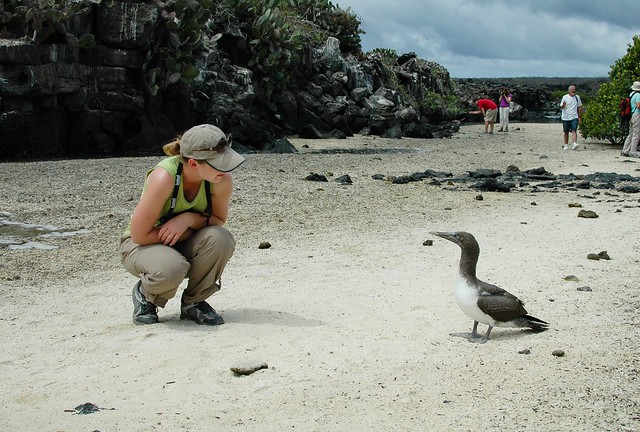

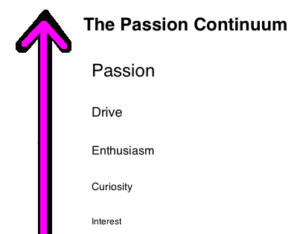
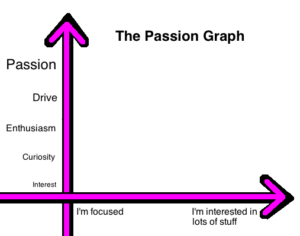

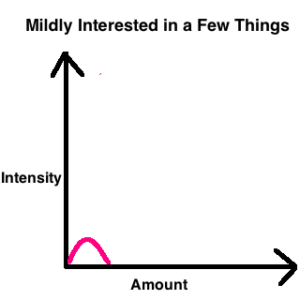
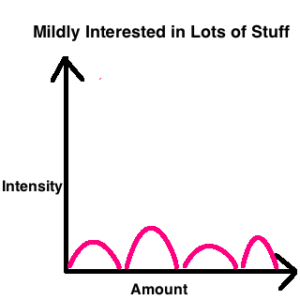
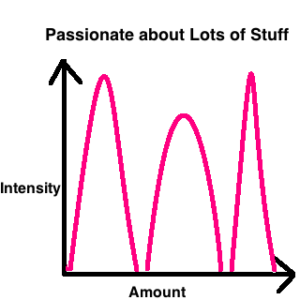

![Image from page 182 of "St. Nicholas [serial]" (1873)](https://c5.staticflickr.com/4/3845/14598058020_e0400d9d8d.jpg)